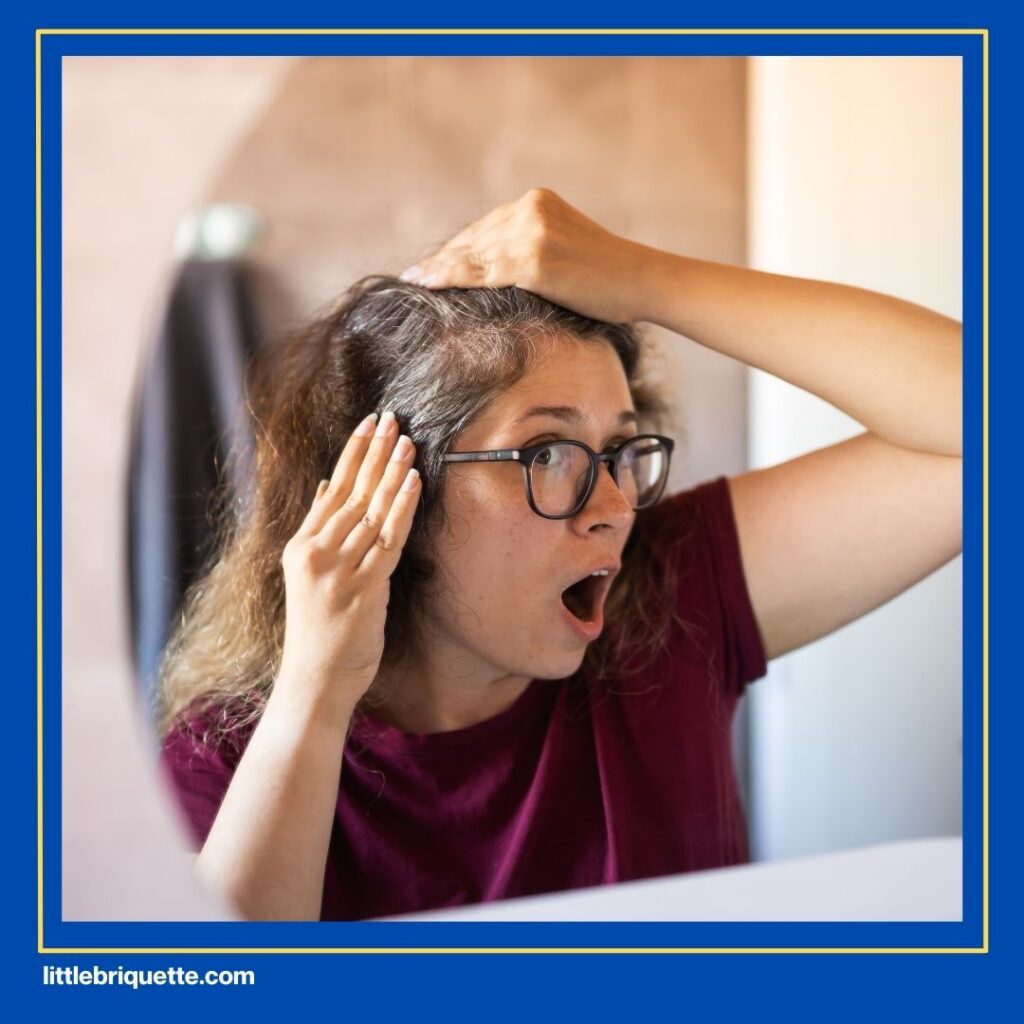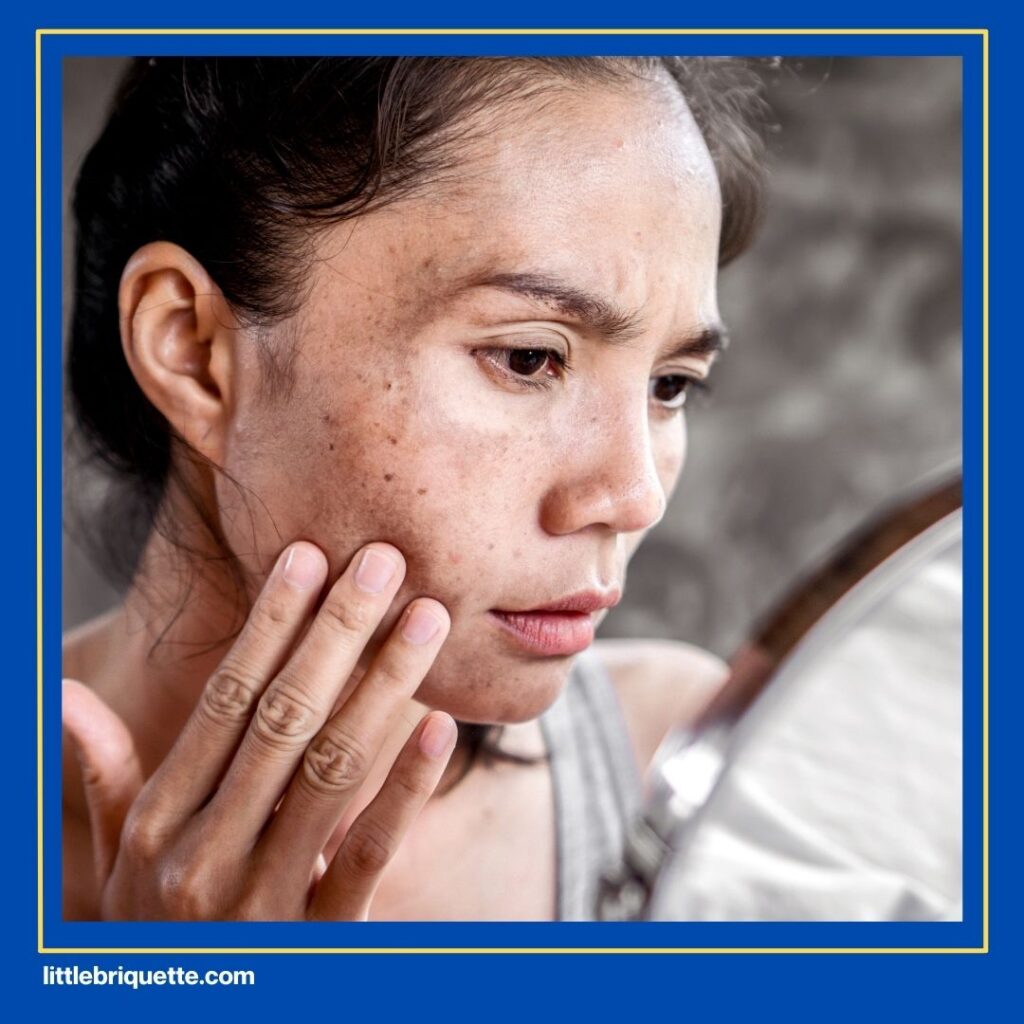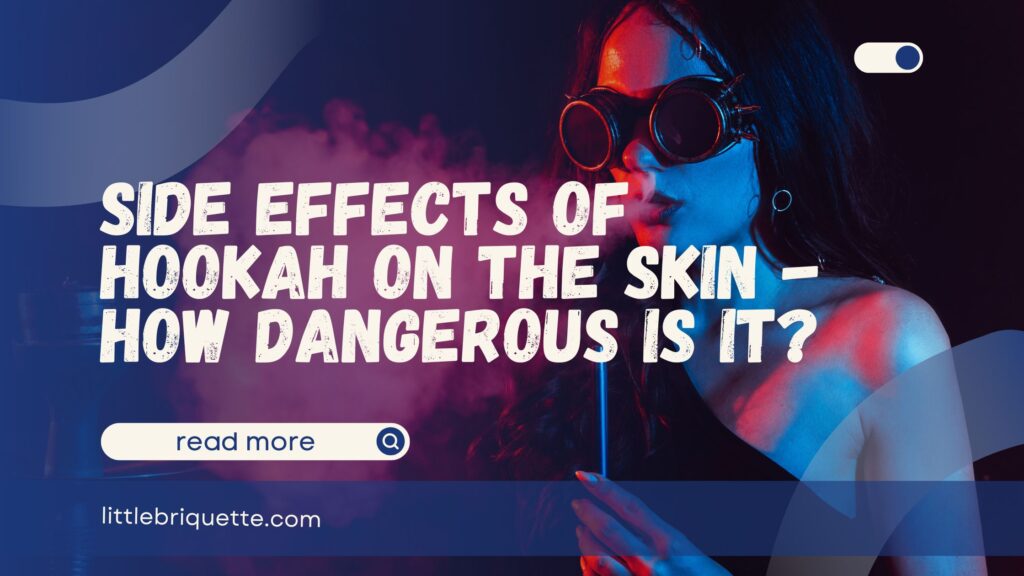Using hookah is often considered a “less dangerous” activity compared to smoking regular cigarettes. However, scientific evidence indicates that hookah also poses significant health risks. This section provides important context for understanding why hookah is widely used and how this perception can impact skin health and overall well-being. The following will thoroughly explain the side effects of hookah on the skin.
Components and Ingredients of Hookah
The primary component of a hookah is tobacco, commonly known as “shisha” or “tobacco molasses.” This tobacco is often processed differently than regular cigarettes. It typically involves tobacco mixed with molasses (sugar syrup) and various flavorings.
The molasses in hookah tobacco adds moisture, helping to create thicker smoke and a more intense flavor. Additionally, hookah tobacco is frequently combined with extra flavorings such as spices, fruits, or even chocolate, which can make it more appealing to users. These flavorings often contain various additional chemicals.
Moreover, there are other components used in hookah, including charcoal and glycerin. Charcoal is used to heat the tobacco in the hookah bowl, with coconut shell charcoal being preferred due to its ability to provide a pure taste or aroma during combustion. Glycerin, also used in hookahs, provides extra moisture and enhances smoke production.
Short-Term Side Effects of Hookah on the Skin
Hookah has short-term side effects on users, including skin dehydration and irritation. Here’s an explanation of these effects:
Skin Dehydration

During hookah smoking, the smoke and vapor produced can lead to skin dehydration by reducing natural moisture levels. Hookah smoke contains various chemicals that can disrupt the skin’s moisture balance by damaging its protective layer, which functions to maintain hydration. Direct exposure to the hot air from hookah and the chemicals in the smoke interferes with the skin’s ability to retain moisture, causing pores to become dry and the skin to lose its natural hydration.
As a result, the skin may appear dull and less radiant. When the skin’s protective layer is compromised, it cannot retain sufficient moisture, making it prone to dryness. This condition not only diminishes the skin’s aesthetic appearance but can also lead to dryness and discomfort, worsening the overall health of the skin.
Skin Irritation

Chemicals in hookah tobacco, such as nicotine and additional flavorings, can cause irritation to the skin exposed to the smoke, manifesting as redness, itching, or small rashes. Regular exposure to hookah smoke affects the skin’s layers and causes localized inflammation, making it increasingly sensitive and prone to irritation. With prolonged use, this condition can worsen, increasing the risk of the skin becoming more easily irritated and experiencing dermatological issues.
Read Also: Benefits and Side Effects of Shisha Use
Long-Term Side Effects on the Skin
In addition to short-term effects, hookah use can also lead to long-term skin issues. Here are the long-term side effects of hookah on the skin:
Premature Aging

Routine exposure to hookah smoke can accelerate the skin aging process because it contains free radicals and harmful substances that damage collagen and elastin—two essential proteins for skin firmness and elasticity. Damage to these proteins speeds up the formation of wrinkles and fine lines, causing the skin to appear older more quickly. Additionally, the free radicals in hookah smoke induce oxidative stress, which damages the structure of skin cells and reduces elasticity, leading to less resilient skin that looks older and loses its natural radiance.
Hyperpigmentation

Hookah use can lead to excessive melanin production, resulting in dark spots or hyperpigmentation. The chemicals in hookah smoke disrupt the normal regulation of melanin in the skin, triggering overproduction of melanin and causing color imbalances. This can result in dark spots in certain areas, disrupting skin tone uniformity and diminishing the overall aesthetic appearance of the skin. Long-term exposure to the chemicals in hookah smoke exacerbates this condition, leading to uneven skin discoloration. In addition to dark spots, the skin may experience color changes that make the overall appearance uneven, reducing skin vibrancy and making it look dull and less luminous.
Reduced Skin Elasticity

Hookah smoke contains various chemicals that can damage the elastin fibers in the skin, which are crucial for skin strength and elasticity. Damage to elastin results in a loss of firmness, causing the skin to sag and become less elastic. This reduction in elasticity, due to regular exposure to hookah smoke, leads to sagging skin and an increased risk of wrinkles and fine lines over time, accelerating the skin aging process more rapidly than would typically occur.
Health Risks Associated with Hookah Use
In addition to causing skin-related side effects, hookah use poses general health risks and contains harmful substances in its smoke. These risks highlight the importance of avoiding excessive use.
General Health
Using hookah can negatively impact overall health, which in turn affects skin condition. Hookah smoke contains various harmful chemicals that can contribute to or exacerbate health issues such as heart disease, respiratory disorders, and cancer. Heart disease and respiratory disorders can impair blood and oxygen flow to the skin, leading to problems like dull skin, decreased elasticity, and increased susceptibility to infections.
Moreover, exposure to harmful chemicals can disrupt body functions crucial for skin health, such as metabolism and the immune system, worsening existing skin issues or creating new problems.
Harmful Compounds in Hookah Smoke
Hookah smoke contains several hazardous chemicals, including carbon monoxide, tar, and other toxic substances. Carbon monoxide, a poisonous gas produced from burning charcoal, can reduce oxygen levels in the blood, impair oxygen delivery to skin cells, and accelerate the skin aging process. Tar is a sticky substance that deposits in the lungs and on the skin, causing cellular damage and increasing the risk of skin cancer as well as other skin function disorders.
Additionally, various harmful chemicals in hookah smoke, such as formaldehyde and benzene, can lead to inflammation and oxidative damage to the skin, raising the risk of skin issues like irritation, premature aging, and skin cancer.
Read Also: Benefits of Hookah for Health, Socialization, and Relaxation
Coconut Charcoal as a Hookah Burning Option
One important component of smoking hookah is charcoal. Users often prefer coconut charcoal because it is believed to provide a purer taste and aroma compared to other types of charcoal.
However, it is crucial that the charcoal used is of high quality, as it can affect the overall hookah experience. High-quality coconut charcoal can be obtained from Little Briquette by contacting this number.

